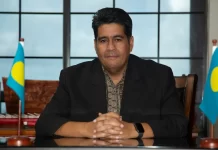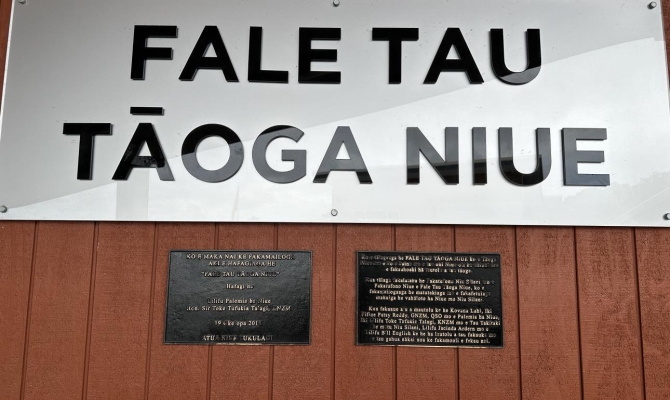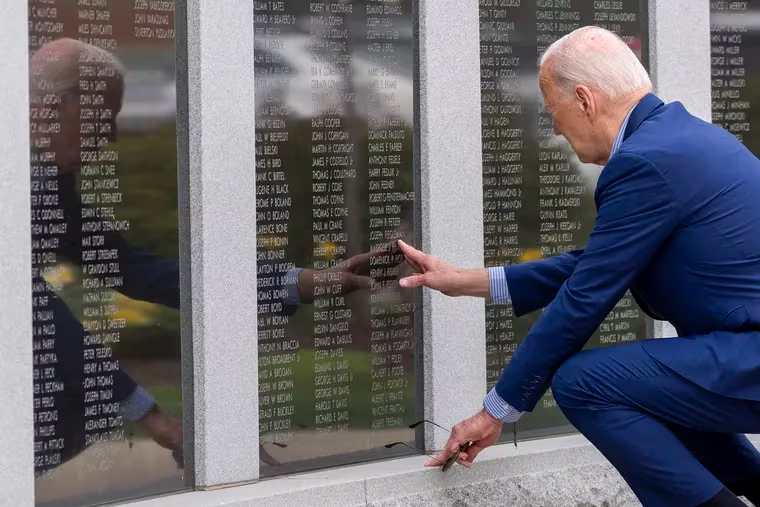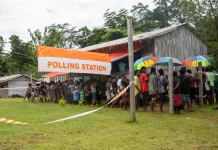Ninety percent of Niue’s artefacts housed in the national museum, along with archives and records, were destroyed during Tropical Cyclone Heta in 2004.
The category five cyclone, a sudden onset event left death and destruction behind. The loss of two lives were mourned, with homes and government infrastructure destroyed to the value of NZD$90 million(US$56 million).
While a cost price could be placed on some of the devastation caused, the non-economic loss and damage brought about from climate change impacts will last generations.
For Pacific Islands people, their culture is imprinted in their identity. Built upon their environment it is drives their way of life, and is often linked to the different systems of land tenure across the Pacific.
“With cyclone Heta we lost 90 percent of our history, our documented identity. We also lost much more. One of the collections that was lost is that from the former late Premier of Niue, Sir Toke Talagi who deposited his agricultural science research and samples with us. This was all lost in the cyclone,” said Moira Enetama, Director for Taoga Niue, The Niue Museum, Archives, Language Commission and Taoga Niue Council.
“We lost more than just our story that day, we lost the trust of our own Niuean people who are reluctant to deposit and store with us because they saw and knew what happened.”
Loss and Damage in the Pacific is the underpinning foundation of close to 100 delegates gathered in Apia Samoa this week. Working together to navigate this climate change issue that threatens the Pacific Islands, delegates are building the One Pacific voice.
This work will help ensure our priorities are reflected in the Loss and Damage Finance Facility to be negotiated at the Twenty-Eighth Conference of the Parties to the UN Framework Convention on Climate Change at the end of this year.
Loss is irreversible and permanent in nature, and damage is recoverable of reparable harm cased by climate change effects. Economic loss and damage is that which we can put financial value to, and non-economic loss and damage has an intangible value such as our culture.
This further falls into the slow-onset events which happen slowly over a long period of years or are intense events that happen repetitively. Sudden onset events are extreme weather events such as Tropical Cyclone Heta that have major impacts with very little warning. Both cause economic and non-economic loss and damage.
While there are technical terms, and scientific forecasts for the Pacific Islands the problems caused by Loss and Damage is a personal one as it reaches Pacific island families, communities and identities.
For Niue, everything but 10 percent of its contents were lost in the Museum with Tropical Cyclone Heta in 2004.
“The whole building was demolished, artefacts were pushed into crevices and washed out to sea and there were people removing items the following morning,” said Enetama.
“Our cultural identity and footprint was all gone. We were able to salvage some items from the First World War which are now on exhibition in the museum. We salvaged two of four boards containing history from World War One, some textile items, some carvings but not many, and we were able to salvage rocks and corals. We were only able to save 10 percent of our Niuean history.”
There was a loss of records also by the National Archives and Library as well as the from Justice, Lands and Survey. However, it was the National Museum that was most impacted with loss of 90 percent of its contents, and the Lord Liverpool Hospital which lost 95 percent of its archives.
All of which contained records that dated back to the early 1900’s and had not been digitised.
While some of its artefacts can never be replaced, Niue has worked hard on rebuilding its content within the library to empower Taoga Niue. A new museum was constructed and opened in 2018 replacing the Huanaki Cultural Centre that was destroyed in 2004.
“We now have Taoga Niue. It’s an initiative that was led by both the Government of Niue and New Zealand in 2003 and was officially unugrated in 2004. We have a Strategic Plan that we follow, and the department was formalised in 2006. This allowed for the Museum and the Archives to be part of the Taoga Niue set up.”
As Niue continues to work to rebuild its cultural artefacts that tell the story of its history and identity with ongoing restoration, archives are also being digitised including audio archives. Part of the restoration process involved building the trust of people that content will be protected and preserved.
“From the huge loss we experienced from Cyclone Heta, we focused on building back, but the problem was, we still didn’t have a proper storage system and pests started to attack the collection. We didn’t get our new facility that we have now, until 2018.”
With a population of approximately 1,700 people in Niue, and over 30,000 Niueans living in New Zealand, empowering Taoga Niue is a significant factor in their fight to survive in the face of climate change impacts.
“When we were first destroyed, I don’t think our people abroad fully understood the impact felt when we lost our history with Tropical Cyclone Heta but now they are. The new generation are interested in Taoga Niue, they yearn for something to substantiate their identity that they have been carrying from their parents for years. People have been away from Niue for too long and suddenly, they are home, yearning to know about their culture. We just don’t have that much to show them in our museum, not like we used to.”
“The costs from our loss of this are both tangible and intangible. There are some losses we can never get back and will affect our legacy for years to come.”.
SOURCE: SPREP/PACNEWS














